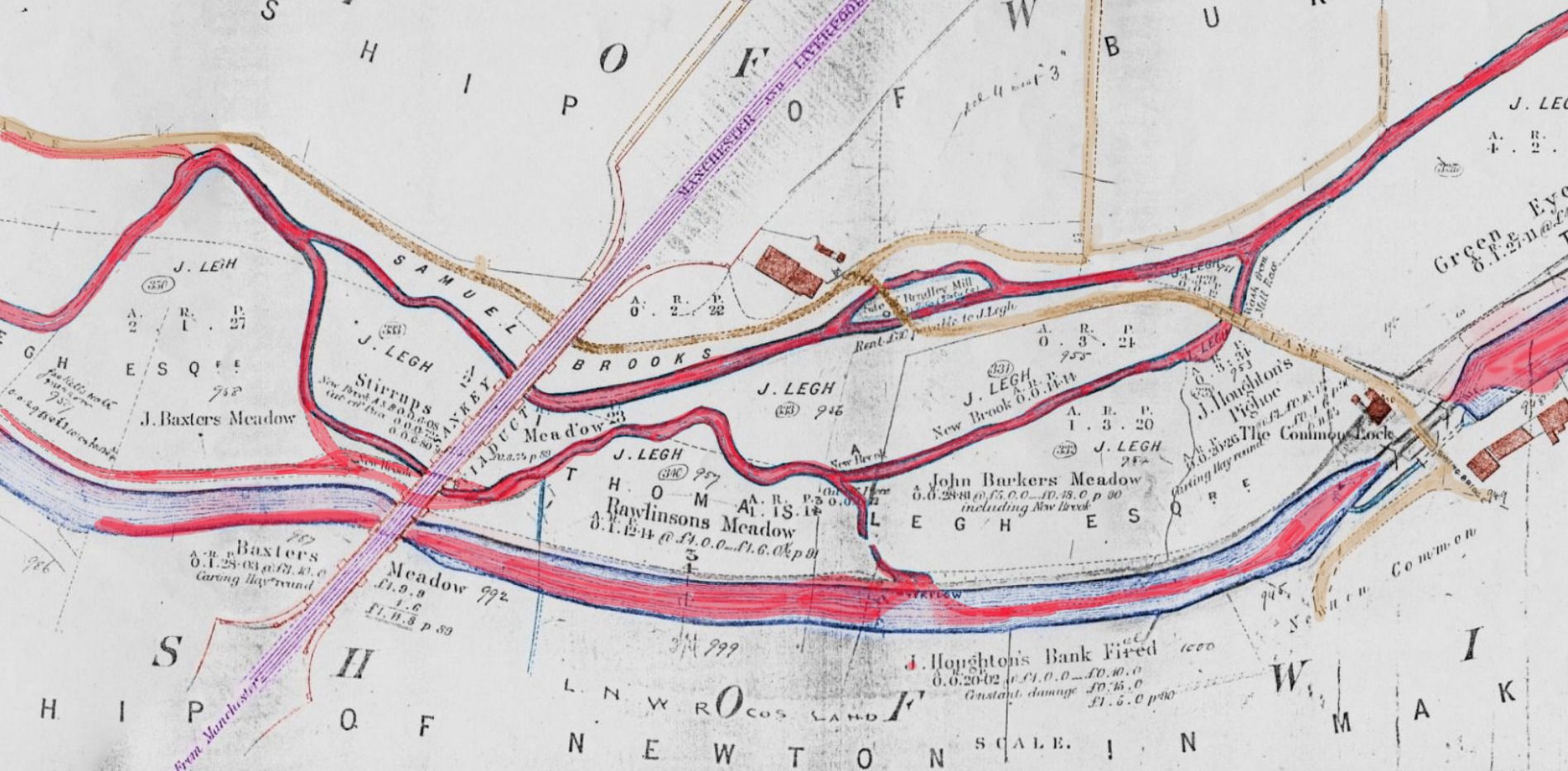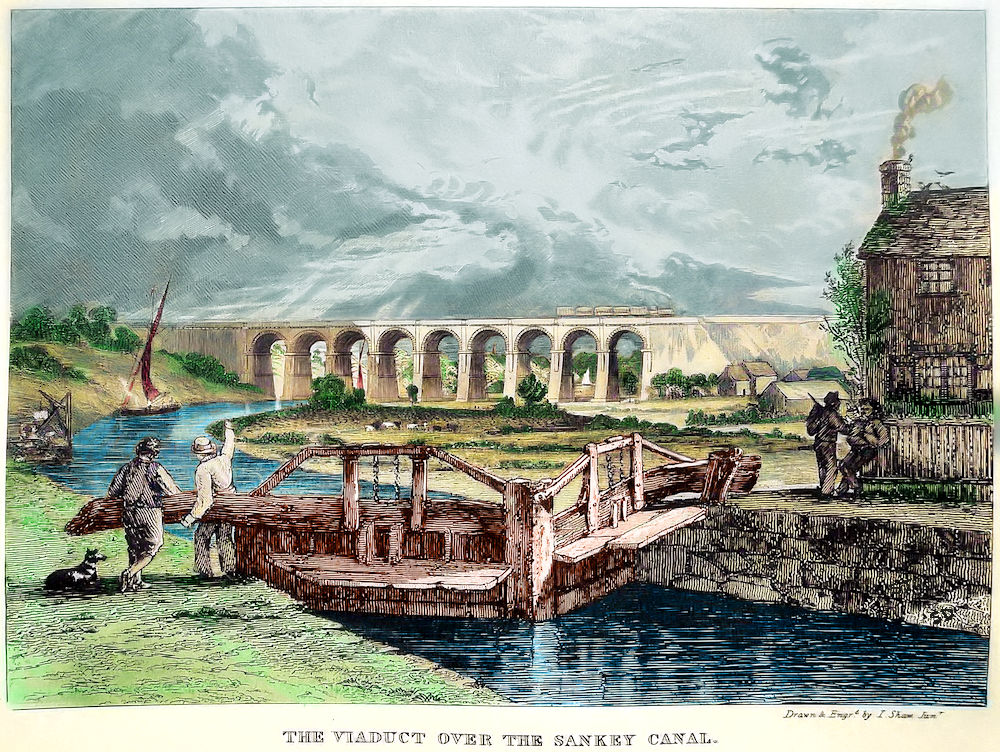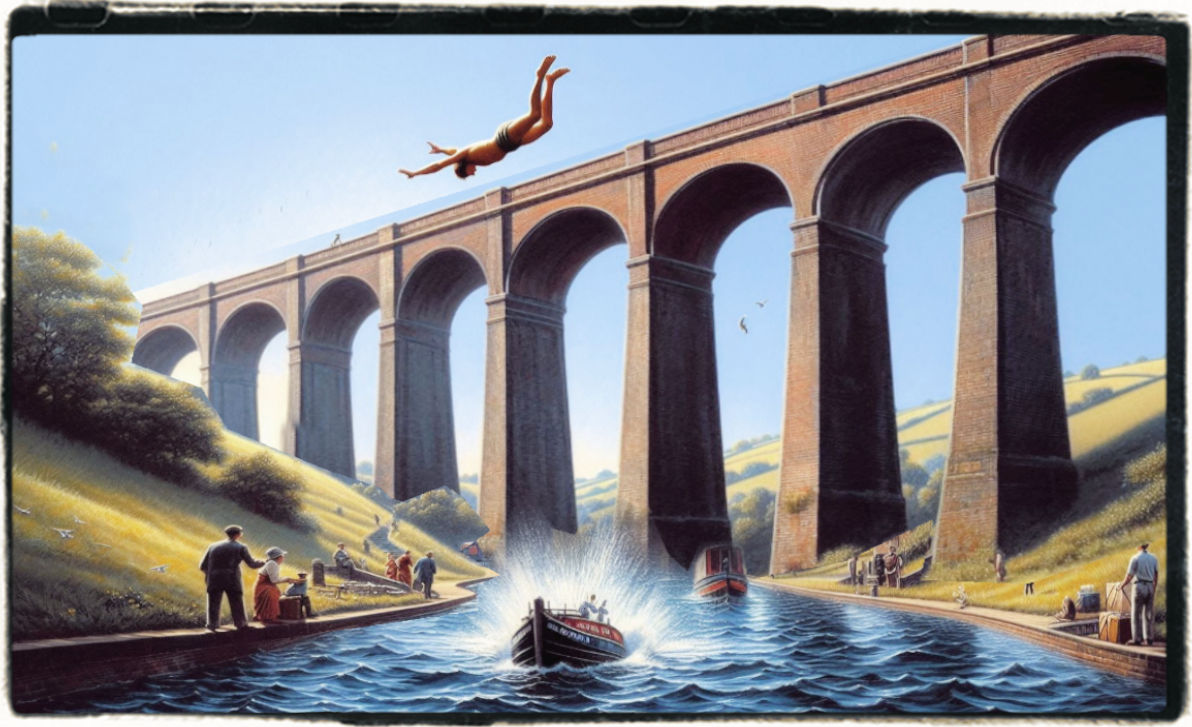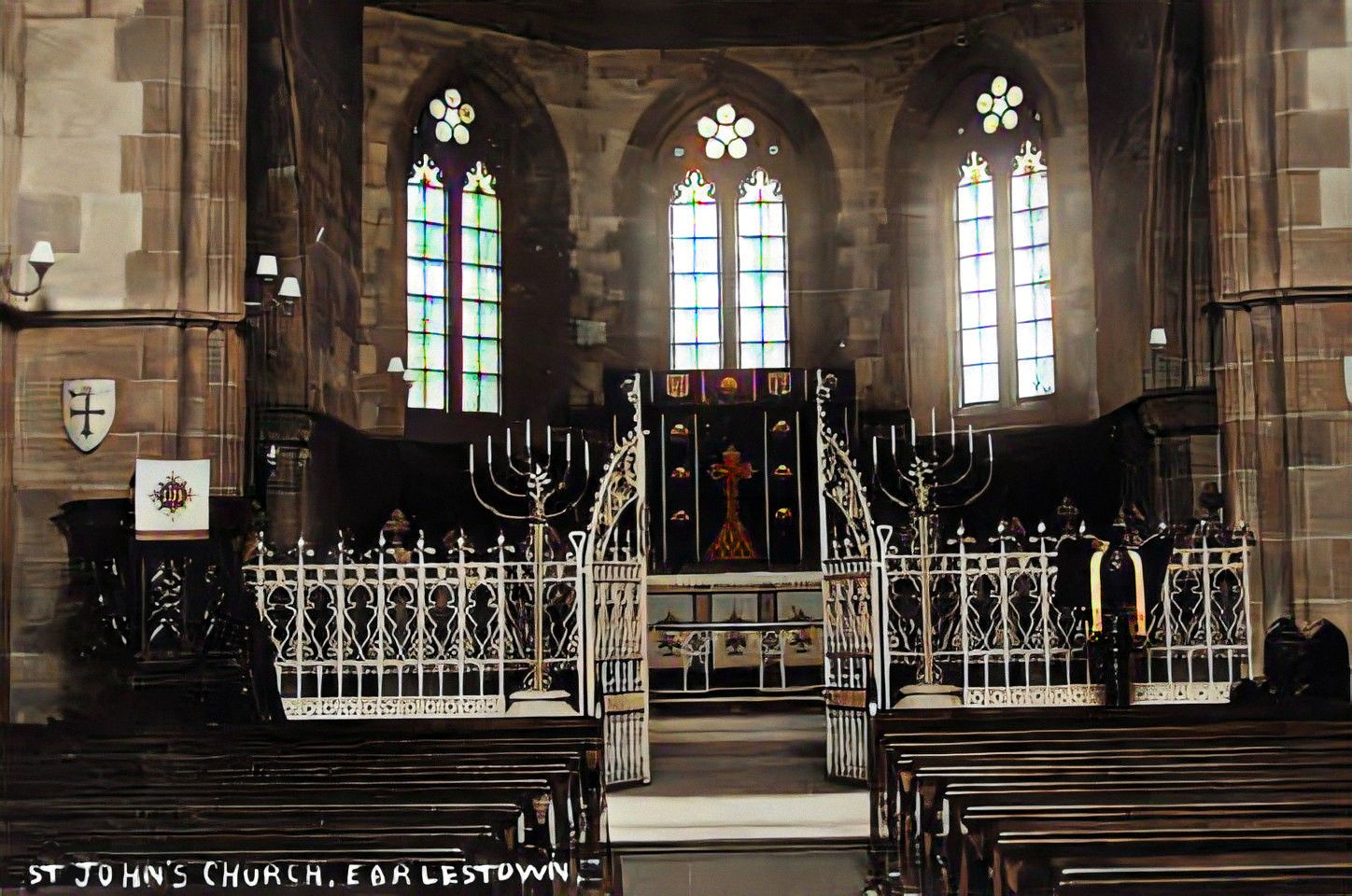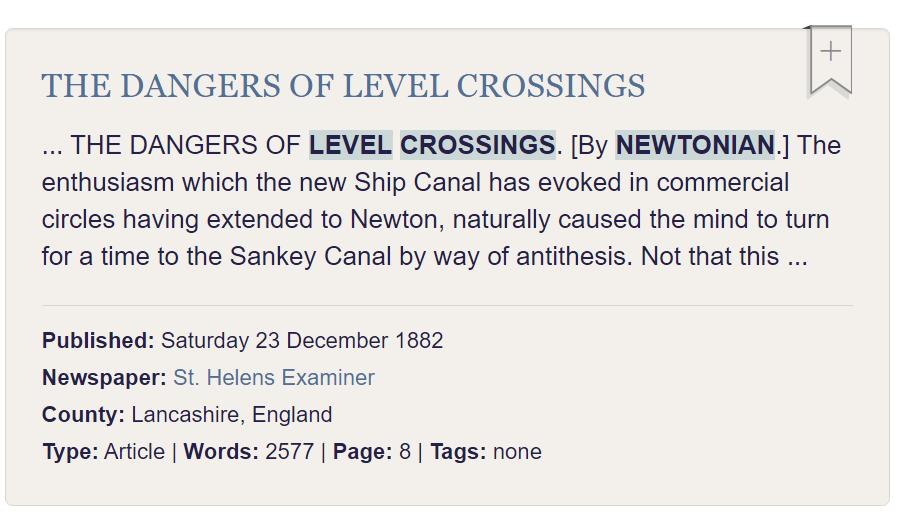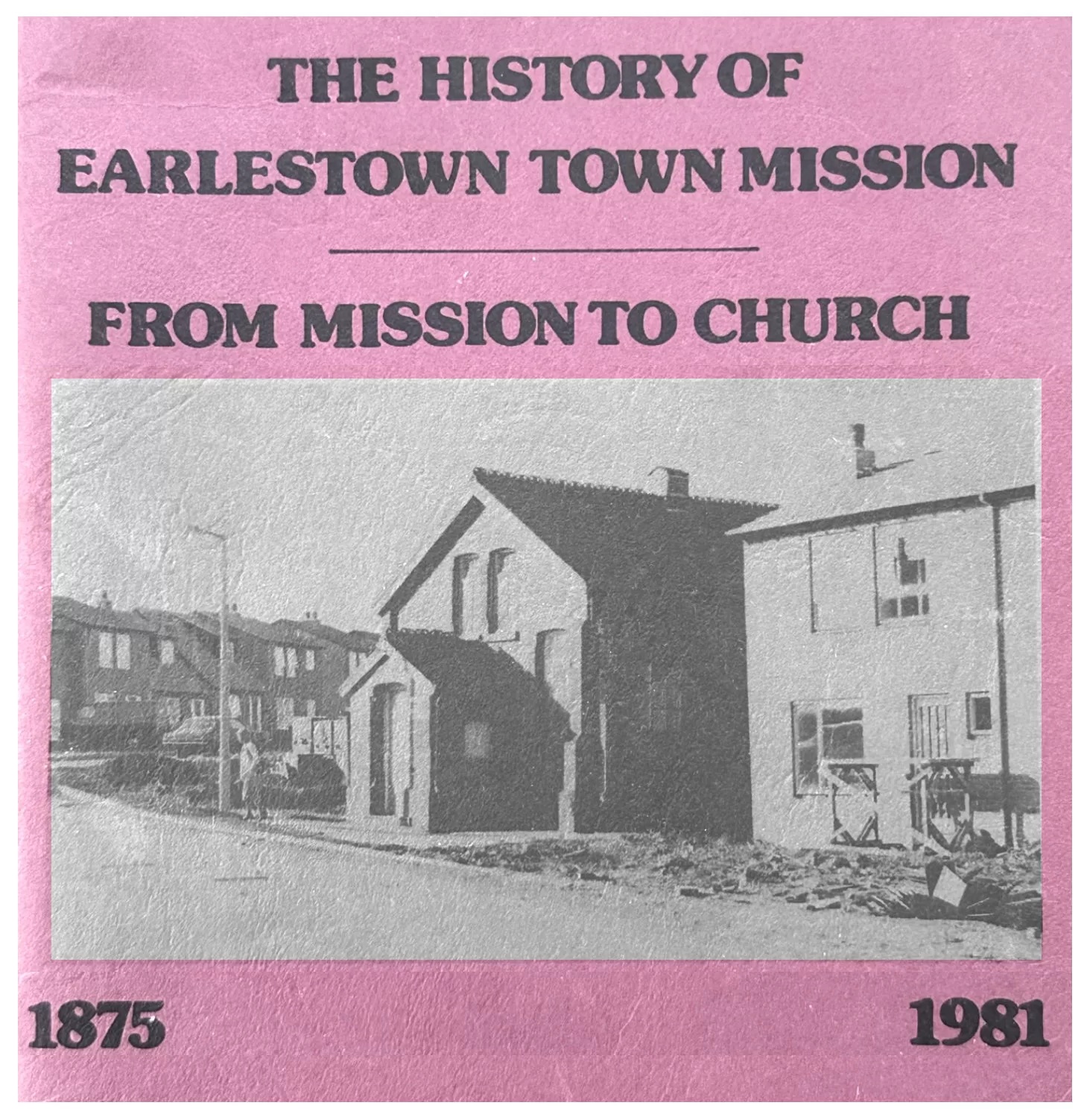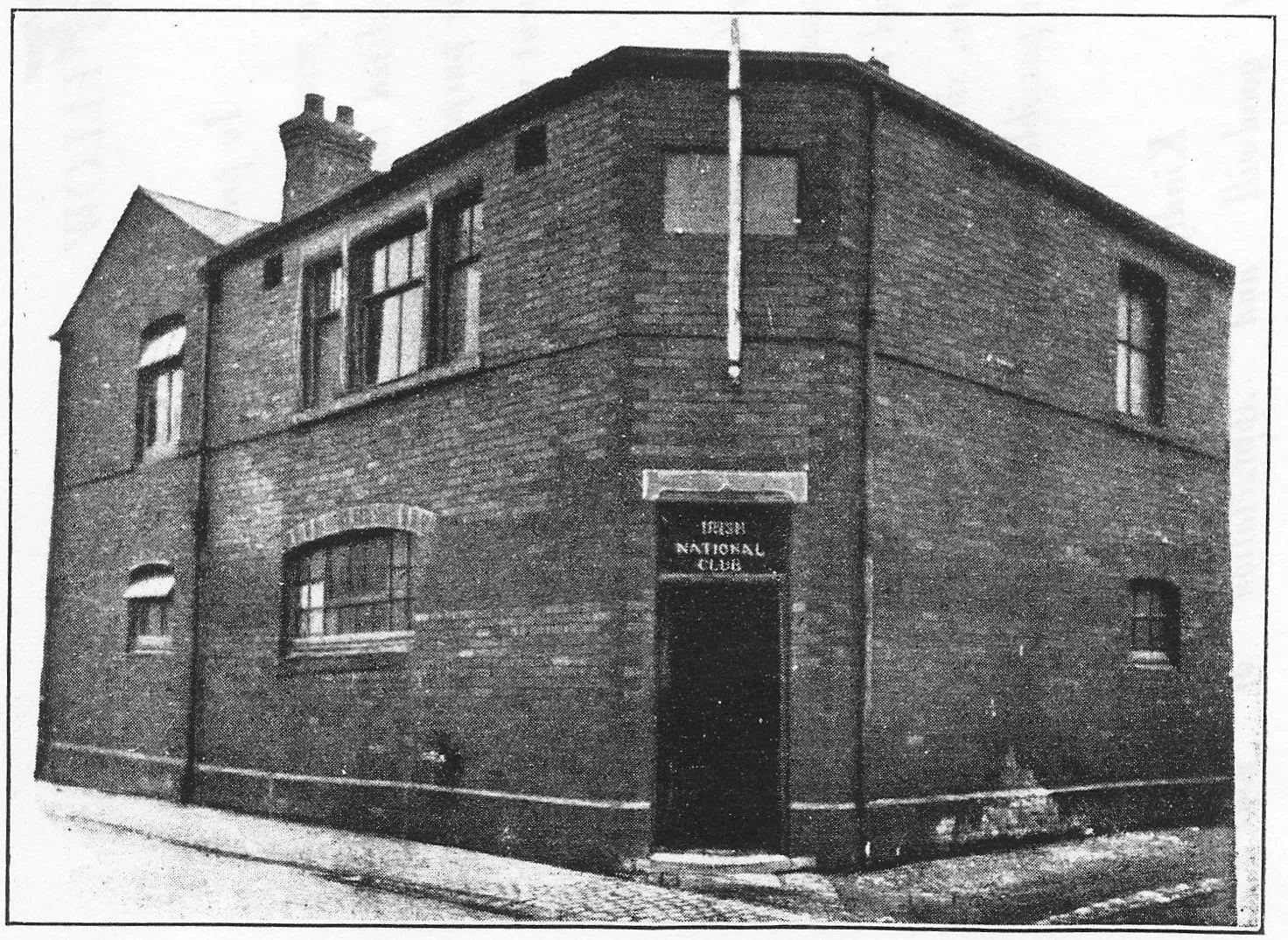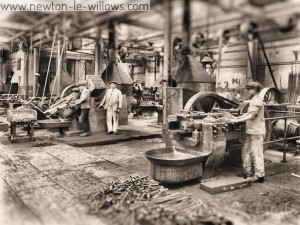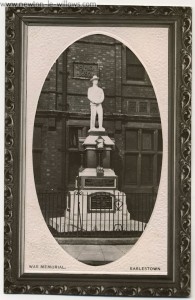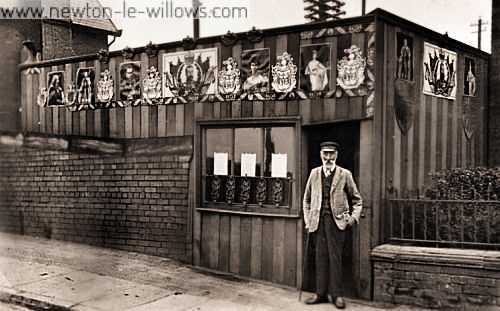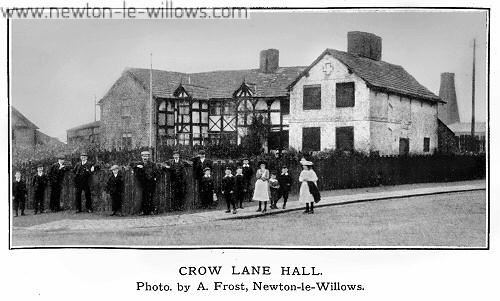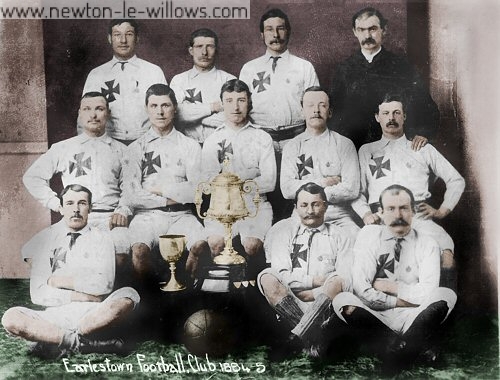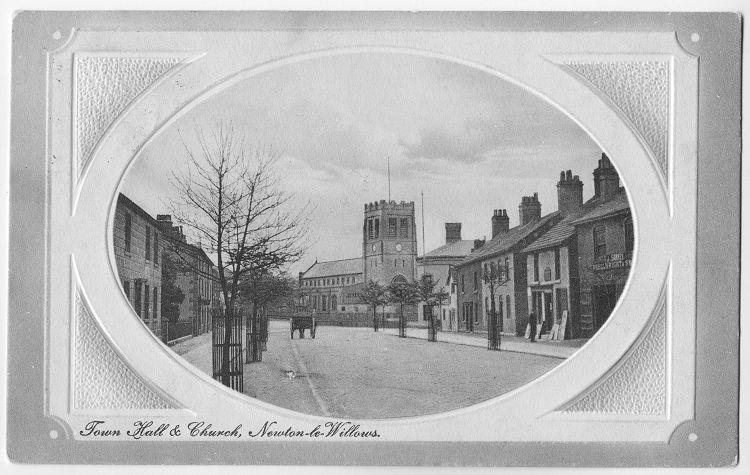Underhanded Dealings in the Construction of the Sankey Canal: A Study of Henry Berry’s Secrecy The Sankey Canal, often recognized as the first true canal of the Industrial Revolution in England, marks a pivotal shift in the country’s transport and industrial infrastructure. Under the direction of Henry Berry, its construction not only facilitated the efficient movement of coal but also set precedents in engineering and legislative interaction. This expanded essay which is built upon T.C Barker’s 1948 thesis, explores the detailed construction timeline, legislative framework, and broader impacts of the…
Read More >>Category: Earlestown
THE SANKEY NAVIGATION THE FIRST LANCASHIRE CANAL
BY T. C. BARKER, M.A. Read 16 December 1948 When Arthur Young visited the north of England in 1771 he went “to Manchester with design not only to view the manufactures of that town but to make it my headquarters from thence to go the tour of his Grace the Duke of Bridgewater’s navigation about which such wonders are abroad.” (1) In the account of his tour in the north Young devoted forty- six pages, complete with maps and diagrams, to a description of these wonders: the twelve sets of…
Read More >>The Parish Church of St. John the Baptist, Earlestown
A Brief History with details of some of the individuals involved with the Church between 1878 to 1932 Some sixty or seventy years ago Earlestown was a small but growing collection of houses, built to meet the needs of the workers at the Viaduct Wagon Works and situated in the parish of Newton-in-Makerfield, the nearest Church being that of Emmanuel, Wargrave. As the works extended and a large increase of population became resident, Canon Whitley, then Rector of Wargrave, seeing the necessity of providing religious services and instruction, erected an…
Read More >>1891: THE SANKEY VIADUCT DIVE.
TOMMY BURNS’ ATTEMPTED DIVE: Completed by local Collier.Newton and Earlestown Guardian – Friday 13 November 1891 The inhabitants of Earlestown, Newton and surrounding district were considerably moved last week end by the startling announcement that Tommy Burns, the champion diver, who has gained such notoriety around Liverpool, Runcorn and district by his swimming and diving feats, would dive off the Viaduct Bridge or “Nine Arches,” on Saturday afternoon at three o’clock. The bridge is nearly 70 feet high, while the water in the canal is only about seven feet deep,…
Read More >>1875: St Johns, A New Church for Earlestown
With the church approaching it’s 150th year, I thought this newspaper account from its foundation stone ceremony would be of interest Liverpool Weekly Mercury – Saturday 07 August 1875 LAYING OF THE FOUNDATION STONE. On Wednesday, the little town of Earlestown, in the parish of Newton-in-Makerfield, was the scene of no little excitement, being the occasion of the laying of the foundation stone of a new church, to be called St. John the Baptist’s, which is about to be erected in the locality. The day was observed as a general…
Read More >>The Dangers of Level Crossings
Saturday 23 December 1882 The enthusiasm which the new Ship Canal has evoked in commercial circles, having extended to Newton, naturally caused the mind to turn for a time to the “Sankey Canal” by way of antithesis. Not that this was the first canal made in England by any means, for the Romans, during their residence in England, cut a canal from the vicinity of their metropolis, the city of York, as appears from Drake’s Eboracum. In the year 1121, Henry I made a navigable canal of seven miles in…
Read More >>Earlestown’s Brunswick Road Mission
From Mission to Church The City Mission Movement: it was discovered that the poor would listen in great number’ provided they were not asked to enter a church” (Owen Chadwick, The Victoria Church, Part Il, P .286). Our Church has its origins in the City Mission Movement of the last Century. The Town Mission in Earlestown began in 1875 as an outreach from the Manchester City Mission. As the Industrial Revolution progressed, great cities, like Manchester, mushroomed with vast working populations overnight. The whole social structure of Britain was changed…
Read More >>The Irish Club, Earlestown, ’50 Years’ Golden Jubilee 1888-1939.
We go back fifty years. From the four Provinces beyond the sea have come exiles of Erin, settling in and around the district of Newton-in-Makerfield. They are not here of their own desire. They have been forced to leave their native land to earn a livelihood. Strangers in a strange land, they are God’s creatures, with the right to live. They are the poorest of the poor in this world’s goods, but in their poverty they are richly endowed with the spirit of faith, self-sacrifice, and affection, one towards another.…
Read More >>Steam-Boiler Explosion at Newton
There was a Great Loss of Life by a Steam-Boiler Explosion at Newton.. 22nd Sept 1838 We regret to inform that the Viaduct Foundry on the Manchester & Liverpool Line of Railway at Newton in the Willows, the property of Messrs, Jones, Turner, and Evens, was on MOnday morning last the scene of a dreadful and fatal steam-boiler explosion, by which eight persons are already dead, and two others are lying without much hope of recovery. It appears that Messrs Jones & Co. employ about 200 men, and in the…
Read More >>Earlestown War memorial – unveiled by Lord Newton.
On Saturday afternoon, at Earlestown, Lord Newton unveiled a memorial of the South African war, which has been erected outside the Town Hall in honour of fifty men of Newton-in-Makerfield who volunteered for service in that historic struggle. The cost of the monument, about £360, is defrayed out of the local fund started in 1899 for the relief of necessitous cases arising out of such service. Much of the money was contributed by working men, and happily out of £991 raised it was found necessary to distribute only £215 in…
Read More >>Autobiography of Garret Ronayne
An old Indian Mutiny Veteran, who served diligently and faithfully throughout the mutiny of 1857-1858. Having been asked by several, of my friends to give a short sketch of my eventful career, I have pleasure in dedicating to them my autobiography in the hope that they will at last confirm a statement I have often made, that I am a most singular man. As it is about fifty-eight years ago since my enlisting in the army, I must respectfully request that my readers will forgive me for any mistakes I…
Read More >>Crow Lane Hall & Newton Serjeants
This building, probably the oldest in the township, was formerly a moated grange, vestiges of the moat being visible in the boyhood days of some of our septuagenarian residents. It is said to have been the abode of the serjeant (or bailiff) of the lord of the manor, a post of great importance in olden days, and corresponding to that of sheriff of more recent times. Its very probable that the Serjeants (or Sergeants as the name later became), who resided at Crow Lane Hall in the 15th, 16th, and…
Read More >>Everton V Earlestown
Here are a few more facts about Earlestown FC 1899-00 Joined Lancashire League 1903 Lancashire League closed down 1903-04 Joined Lancashire Combination as founder members of new Division 2 Lancashire Combination Division Two runner-up Promoted to Division One 1906 Relegated to Division Two 1906-07 Lancashire Combination Division Two runner-up Promoted to Division One SEASON LEAGUE P W D L F A P POS 1899-00 LANCS 28 7 5 16 40 64 19 11/15 1900-01 LANCS 20 8 3 9 31 45 19 8/11 1901-02 LANCS 24 12 5 7 54…
Read More >>Some Earlestown Sporting History
My father, a supporter in the 1880s often spoke to me about the team in those early days. The playing field was at the back of the Swan Hotel, on Newton Common. He was present on this ground when the famous Preston North End Invincibles played Earlestown and beat the local team 19-0. I understand the record score for the Noah End was beating Hyde 26-0.! Earlestown also played Everton in the 1880s can you imagine it? A team from Earlestown playing against Everton in a cup final. Well, that…
Read More >>Newton & Earlestown in 1895
I do not guarantee that my transcription doesn’t include some pretty basic mistakes, apart from my poor typing ability and bad spelling, some pages were very marked making them hard to read. I hope this transcribed text will be well received, its easily searched with the find on page facility included with most any web browsers from the browsers edit menu. There are two sections to this article, Newton-le-Willows is the top one, and Earlestown is the lower one, Hope you find them useful. NEWTON-LE-WILLOWS (SEE ALSO EARLESTOWN), INCLUDING ASHTON-IN-MAKERFIELD…
Read More >>